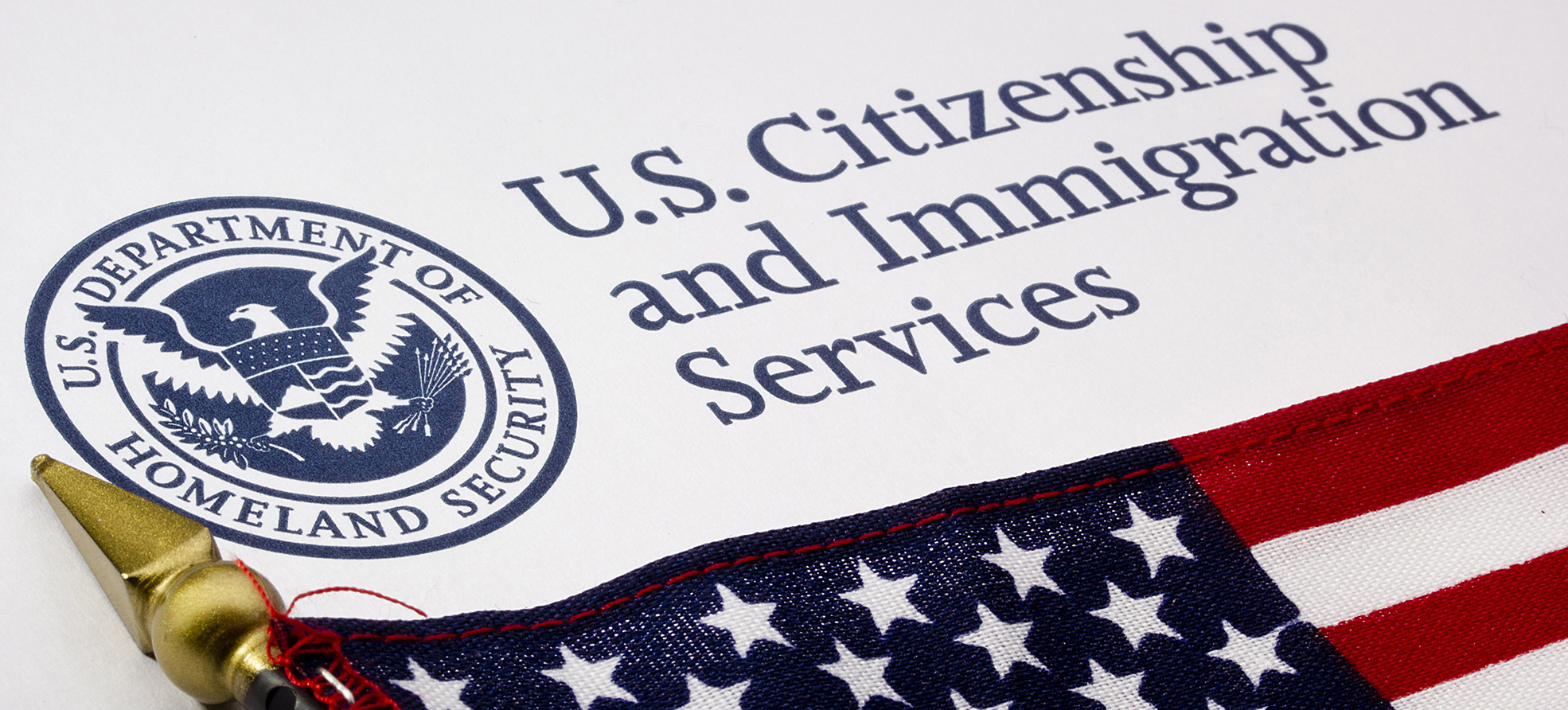
Many critics today believe the notion that the days of economic growth and technological innovation are behind us. Yet, Oxford’s Ian Goldin and Chris Kutarna argue that these critics are mistaken.[ref]Economic historian Joel Mokyr also thinks the critics’ arguments are overblown.[/ref] The critics, they argue, imagine “technological innovation to be like pulling balls from an urn, each ball representing a new idea. In the beginning, the urn was full and the spheres were large, but each time we’ve gone back to the urn, we’ve had to reach deeper than the last, and the spheres have dwindled into marbles.” In their view, however,
this metaphor, while intuitive and compelling, is backwards (Goldin and Kutarna 2016). Innovation is more like mixing compounds in an alchemist’s lab. Each compound is an existing idea or technology, and in the beginning we had just a few – maybe some salt, sugar, and common liquids. But then we tried mixing them together, and some of them reacted with one another to form new compounds…This metaphor is far closer to the present experience in research laboratories. Across the sciences, the pace of discovery is generally rising, not falling. For reliable evidence, consider the pharmaceuticals industry (a good litmus test because it invests more into R&D than any other industry, except aerospace). The year 2013 set a new record for total drugs launched world-wide (48) – a record that was promptly beaten in 2014 (61). With another 46 drugs launched in 2015, the last three years have been the industry’s three most productive in its history. Recent major discoveries include new weapons against heart failure, which in an aging world is now the leading cause of death; immunotherapies, which help to defeat cancers by boosting the body’s own immune response; and a viable pathway to effective Alzheimer’s medications within a decade. In part thanks to the accelerating pace of pharmaceutical achievements like these, average life expectancy across advanced economies is now rising an unprecedented four to five hours per day.
Goldin and Kutarna defend their view in a way that would make Julian Simon smile:
The broader cause for these emerging paradigm shifts is the inflation in human brainpower that has taken place over the past 25 years. Thanks to giant medical successes against childhood disease and aging over the past quarter-century, the present global cohort of adults is humanity’s largest and healthiest ever. It is also the best-educated. In just a generation, illiteracy has fallen from nearly half to just one-sixth of humanity. In 30 years, we’ve added three billion literate brains to our ranks. Meanwhile, the rapid expansion of higher learning in Asia means that the number of people alive right now with a university degree is greater than the total number of degrees awarded in history prior to 1980. Most importantly, the present generation is history’s best-connected, thanks principally to a quartet of big events – the end of the Cold War, waves of democratisation across Latin America, much of Asia and sub-Saharan Africa, China’s emergence from autarky, and the advent of digital communications.
Neither history, nor the present-day pace of scientific discovery supports the notion of diminishing returns to technological innovation. The challenge for growth economists is that analytic models are poorly suited to capture, and set society’s expectations for, these impending disruptions…Growth economics is powerful. At its best, it is an empirical science that helps determine how to lift human wellbeing – one of civilisation’s most important tasks. But it is unable to capture the dynamism of our new age of discovery for a reason. Much that matters is still beyond its sight.
We need an economy and a government that support dynamism and provide fertile ground for innovation.


 A
A  If an employer has an opening that pays $50,000 in salary, and the Christian applicant will bring in $51,000 in extra revenue to the firm while the Muslim applicant will bring in $55,000, then to discriminate against the creed of the latter will cost the employer $4,000 in potential profits…No government inspector or watchdog agency is required: by definition, discrimination is automatically “fined” in the free market. In addition, not only does the market catch discrimination whenever it occurs, but the amount of the “fine” is also exactly proportional to the severity of the discrimination…In short, employers are free to discriminate in the free market, but this discrimination certainly isn’t free.
If an employer has an opening that pays $50,000 in salary, and the Christian applicant will bring in $51,000 in extra revenue to the firm while the Muslim applicant will bring in $55,000, then to discriminate against the creed of the latter will cost the employer $4,000 in potential profits…No government inspector or watchdog agency is required: by definition, discrimination is automatically “fined” in the free market. In addition, not only does the market catch discrimination whenever it occurs, but the amount of the “fine” is also exactly proportional to the severity of the discrimination…In short, employers are free to discriminate in the free market, but this discrimination certainly isn’t free.



 A
A 
